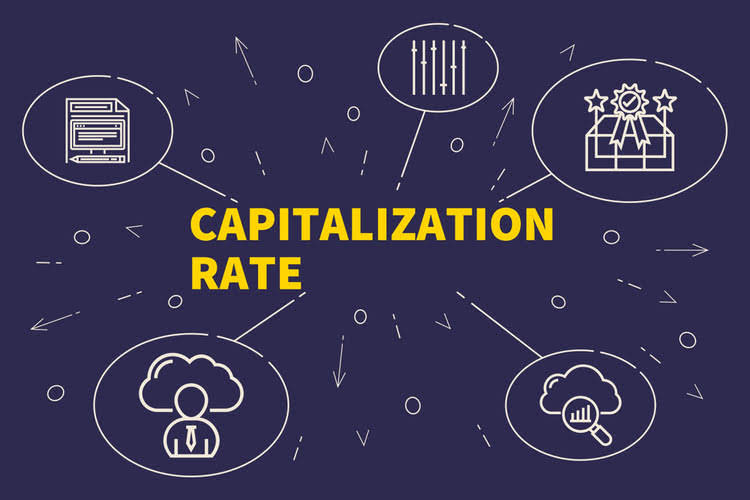
With a variety of options for payment collection, Automated Clearing House transfers, known commonly as ACH payments, are a convenient and secure option for many businesses. ACH payments are particularly handy for those that charge recurring payments (e.g., gyms, schools, etc.) as well as those that accept large sums (e.g., law firms and professional services). Though credit and debit card transactions are ubiquitous in the payment industry, ACH payments accounted for 26.8 billion payments in 2020. Each return code is specific to certain entry types and has specific time frames for return.

What is an ACH return fee?
Submitting after the cutoff could delay payments until Monday, potentially causing dissatisfaction among employees. Understanding cutoff times is crucial for ensuring payments are processed as intended. Transactions submitted after cutoff times are typically processed during the next available batch. If that money is later returned, the merchant is out for the amount of the transaction as well as the return fee. Companies selling physical goods or services may deliver purchases in good faith, only to be left unpaid if the ACH transaction is returned. However, this method can incur a charge, so you may wish to set up balance checks only for new customer accounts.
- For instance, code R01 indicates «Insufficient Funds,» while code R02 signifies an «Account Closed» scenario.
- While the responsibility of managing ACH Return or Reversal lies with the business, Dwolla’s payment technology streamlines many aspects of the returns and reversals process.
- ABA also disapproved of a proposal to encourage same-day processing of returns, saying that many banks use the extra time to research return requests.
- Properly managing ACH payments requires good administrative protocols.
- If a merchant wants to debit their customer’s or client’s account, the merchant’s bank (at the merchant’s request) will send a request for an ACH debit from the customer’s account.
- By reducing manual intervention, businesses can save time and resources while minimizing the risk of errors.
What are recurring payments? Examples, benefits, and strategy
- The transaction was initiated with a corporate standard entry class (SEC) code but was posted to a consumer account without proper authorization.
- Bank-initiated codes are generally returned in two to three days while customer-initiated codes can take 60 days or longer.
- Yes, ACH payments can be returned, and it’s a normal part of standard ACH processing.
- Unauthorized returns, classified by codes R05, R07, R10, R29 and R51 must stay below .5%.
- While ACH returns are best understood as rejected payments – like a bounced check – an ACH reversal is a request to cancel a completed transaction.
- For example, if the customer says they didn’t approve a payment, that would result in a customer-initiated return.
If the evidence is not satisfactory, the RDFI will initiate a return to recover the customer’s funds. These codes are there to help your business understand why the ACH transaction was returned. The end goal is to help your business avoid repeating failed ACH transactions, moreover prevent ACH returns from happening in the first place. You should be aware that a consumer has the right to request a return as an unauthorized ACH payment within 60 days from the transaction date. This is relevant for businesses that take consumer payments through ACH (such as subscriptions or direct debits). An ACH return is similar to a bounced check, and it occurs when a bank rejects an ACH payment for various reasons such as insufficient funds, a stop payment, or incorrect account information.
R06 – Returned per ODFI’s request
When the account lacks the necessary balance to cover the transaction, it results in a return. The foreign RDFI is unable to settle the transaction due to regulatory or financial reasons. The originator should contact the receiver to resolve any issues Food Truck Accounting or find an alternative payment method. The receiver’s account does not have enough funds to cover the transaction amount.
Plan Payments in Advance
The originator can attempt the transaction again once funds are available. Whereas a credit involves depositing, or “pushing,” funds into a bank account, for a debit, funds are withdrawn, or “pulled,” from an account. ACH Return codes are constantly evolving, with NACHA clarifying and updating existing codes and adding new ones on a regular basis. At the time of bookkeeping writing, the most recent update involved repurposing the return code, R11.
- This updated information is referred to as a notice of change, and it requires the submitter to update the customer’s bank account information before the next request is submitted.
- Lastly, financial institutions are instrumental in maintaining the security and integrity of ACH transactions.
- ACH transactions are not processed on weekends or federal holidays because the network operates only during regular business days.
- ACH transactions can take a few days to be processed, so a return could happen even after the transaction appears captured from your side.

Accept payments online, in person, and around the world with a payments solution built for any business—from scaling startups to global enterprises. The foreign RDFI does not have an agreement with the gateway operator to process IAT entries. The originator should contact the gateway operator for further instructions or use a different payment method. The ACH transaction code used is incorrect or not recognized by the foreign RDFI. The originator must ensure the correct transaction code is used according to international standards.
Communicate with customers
Another technological solution is implementing real-time analytics and reporting tools. These tools provide valuable insights into return trends, helping businesses identify patterns, assess risks, and make informed decisions. By leveraging data-driven insights, businesses can proactively address return-related issues and optimize their financial strategies.

The originator should confirm the correct identification number with the receiver or their bank before resubmitting. The outbound international payment was coded incorrectly by the ODFI. The company identification provided is incorrect or improperly formatted. The individual identification provided is incorrect or improperly formatted. The representative payee indicator provided is incorrect or invalid. The individual identification number provided is invalid or incorrect.
Why does an ACH payment get returned?

Dishonored returns should be sent within five banking days of the return settlement date. If the RDFI contests the dishonored return, recovery will need to occur outside the ACH network. The National Automated Clearing House Association ach return (NACHA) governs this network, setting its rules and regulations. Every time an ACH return happens, the originator will be sent an ACH return code.
